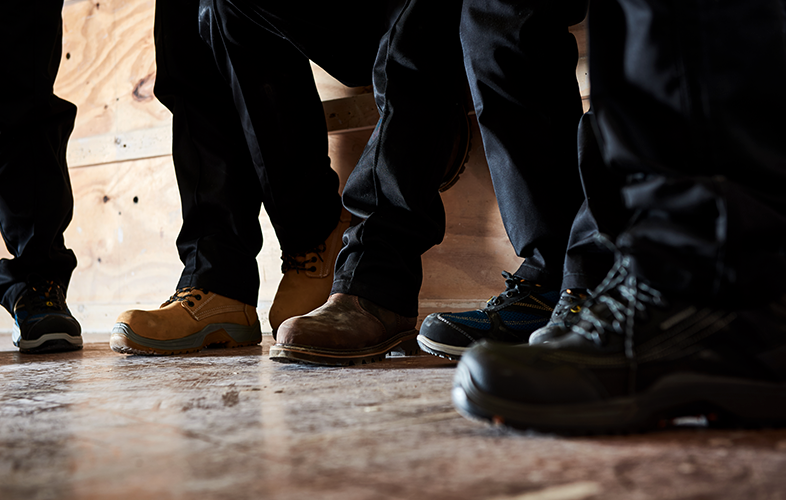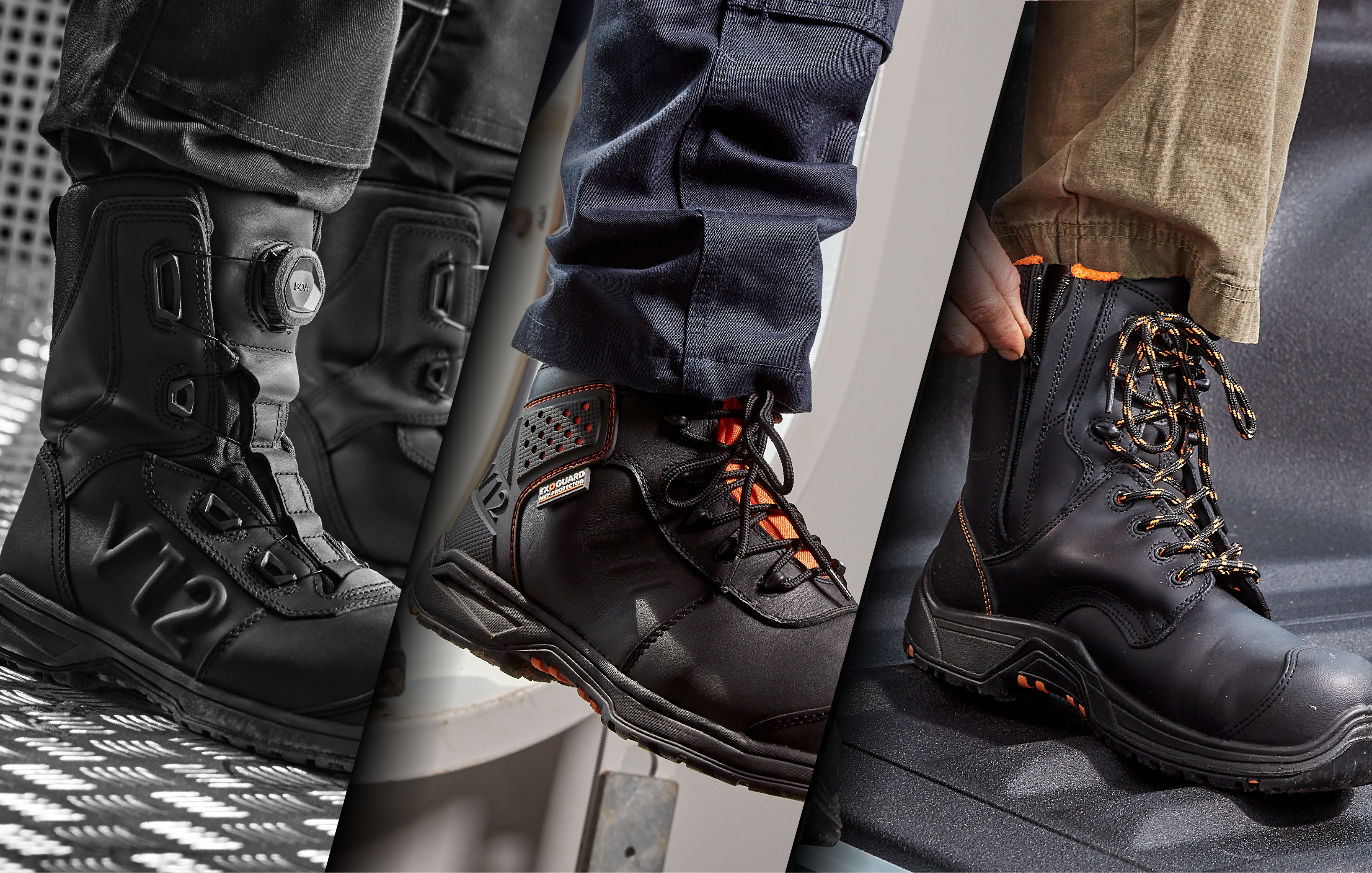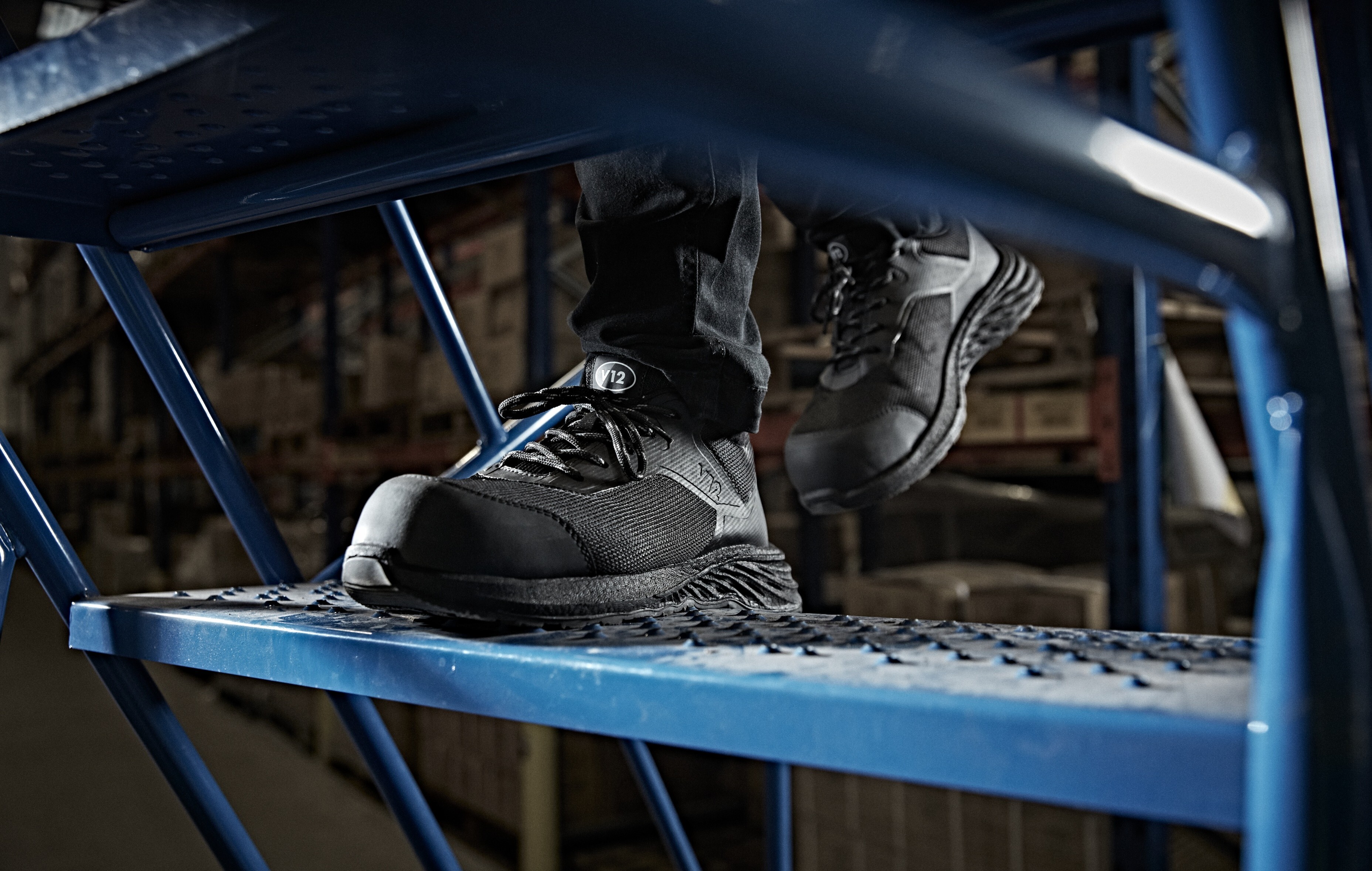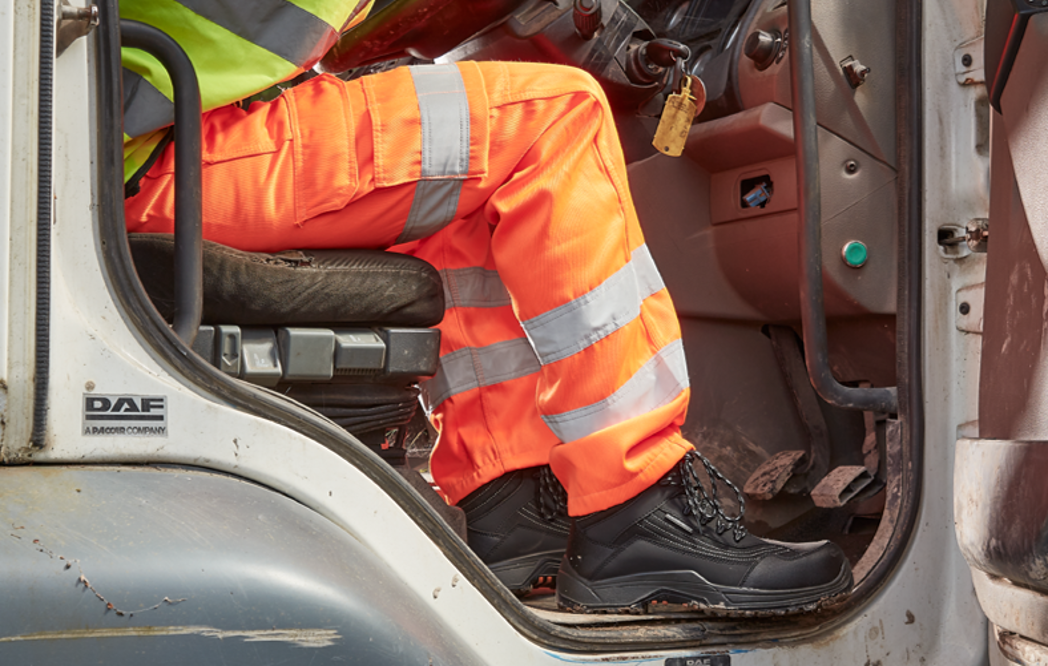Can you spend less money and get a better product? Yes, you absolutely can – and if you don’t believe us, keep reading. In about 4 minutes, you’ll see why.
In this piece, we’re focussing on cost in use, which is the idea that the value of an item should be measured by its performance rather than its price. We’ll explain why certain safety footwear brands are more expensive than others, and most importantly how investing initially can lead to a healthier looking bank balance only a few months down the line.
MULTIPLE USe

When we buy a safety product, it’s with the expectation that they will not only protect us reliably, but that they will protect us multiple times.
After all, buying a pair of safety shoes isn't like buying a sandwich. The sandwich will have one use, whereas we require multiple uses of our safety boots to keep our feet protected and comfortable over time. But so often, we want the best of both worlds.
We know that if we want a product to work for us, we have to spend a certain amount of money, but that little voice in our head telling us to save money often pipes up. But if you think you’ve bought a cheaper safety boot, it’s only cheaper for a matter of weeks.
To explain how, a good place to start is to work out the difference between cost and value.
COST VS VALUE
Let’s imagine there are 2 safety boots on the shelf at the local builders' merchants. One is £30 and the other is £75. This is the cost. Now, the temptation for many will be to buy the one that puts a small rather than large dent in their bank balance. But the first boot is £30 pounds for a reason. The safety specification, the quality of material and components and the levels of comfort will be of a significantly lower standard than the pair that cost £75. (more on what goes into a well-constructed safety boot later)
And because of this, if someone wearing the £30 pair works in an industry where their boots take a major daily hammering, it’s likely that they will need to replace them multiple times a year. In fact, in a survey from the University of Bath in 2019 of over 500 people working in safety-critical industries, over 93% of respondents stated that they wear their safety boots for 8 or more hours a day. (see below)
.png?width=790&height=370&name=How%20long%20do%20you%20wear%20your%20safety%20boots%20for%20(8+).png)
So, if the cheaper £30 boots need replacing 3 times a year, their actual cost per year is £90. So not only do these less expensive boots stop seeming good value for money, but the £75 pair which are still going strong after 12 months are now actually cheaper in the long run. They cost more initially, but eventually they had greater value.
And while paying more for better performance over time benefits the buyer in most purchasing situations, it’s arguably most critical with PPE, because we don’t just want these products to last, we need them to ensure our safety.
And we see a consistent link between cost and performance within testing. Time and time again, the higher priced boots perform extremely well under testing, whereas cheaper boots’ pass rates are less consistent.
Further proof of this can be seen in another statistic from the University of Bath survey. Of the 500 respondents, over 58% said that they need to replace their safety boots at least once every 3 -12 months.
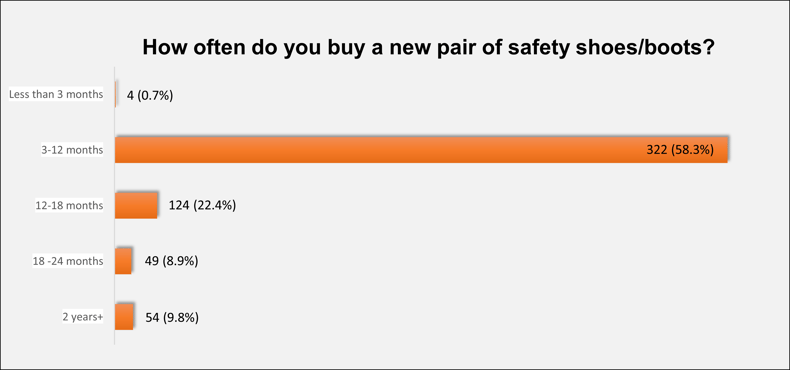
No coincidence then that the survey showed that almost 50% of people paid less than £50 for their safety footwear:

These two pieces of data show us then that comparatively cheaper footwear very rarely gives the wearer good value, as they need replacing so frequently.
OTHER TYPES OF VALUE
It’s a good feeling to know that investing more in a product will save you money over time, but money isn’t the only way to benefit...
Comfort
Poor quality safety footwear can lead to poor levels of comfort. For example, lower grade leather tends to be less breathable, while cheaper insoles and boot linings will loose their shock-absorption and moisture-wicking properties much sooner. Finally, it's unlikely that an inexpensive work boot will have been built on a bespoke last which accommodates different global foot shapes. And not only can these compromises affect productivity and lead to short-term discomfort, but it can also cause long term foot health and musculoskeletal issues. On the other hand, a good value safety boot will keep on providing the benefit of comfort.
Safety
To achieve a low price in a safety boot, manufacturers will often have to take something out of the safety spec or cut corners in production - neither of which are safe or acceptable when the wearer will be working around hazards. On the other hand, paying a higher cost for a safety boot means benefiting from higher levels of protection.
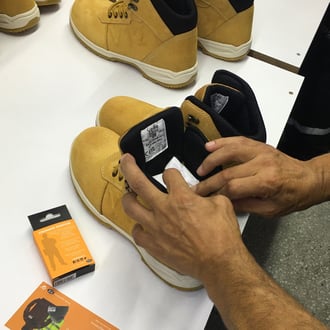
What goes into a well-constructed safety boot?
- High-quality uppers and sole material
- Individual components from an established, experienced supplier
- Production which has undergone regular quality assurance checks
Brand
Brands that produce good quality products garner a reputation, and there’s a definite value here, particularly for wearers building their own brand. So wearing safety footwear from a brand renowned for trusted, high-quality goods can reflect very positively on the wearer and the safety values they hold.
Want to find out more about cost in use? Watch below.
The quality, value and high performance of V12’s safety footwear have helped many wearers, companies and councils to address their safety footwear problems and make considerable savings over time. Just one example of this is when we worked with a large Scottish council to help them with a safety boot solution which brought them outstanding results as well as a big financial gain.
The problem
This council provided waste collection services to over 175,000 people who walk miles every day in unpredictable conditions while operating heavy machinery. The lower-budget boots they’d been using weren’t performing adequately: they were wearing out too quickly and being replaced too often.
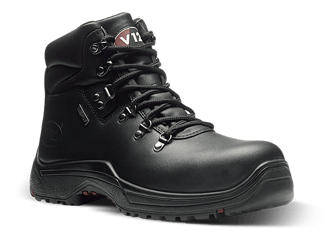 The solution
The solution
The results
45% fewer boot purchases were required than in previous years and a 50% saving was made on boot purchases compared to 2017, prompting the council to include more V12 boots in other services areas, showing that a higher cost product is a higher value product.
cost in use support for you
If you want to use what you've learnt in this blog to support a customer conversation about the work boots they require, click below and download our graphic which illustrates the life cycle and safety/comfort effectiveness of lower and higher quality boots. It could give you and your customers a lot in return.

